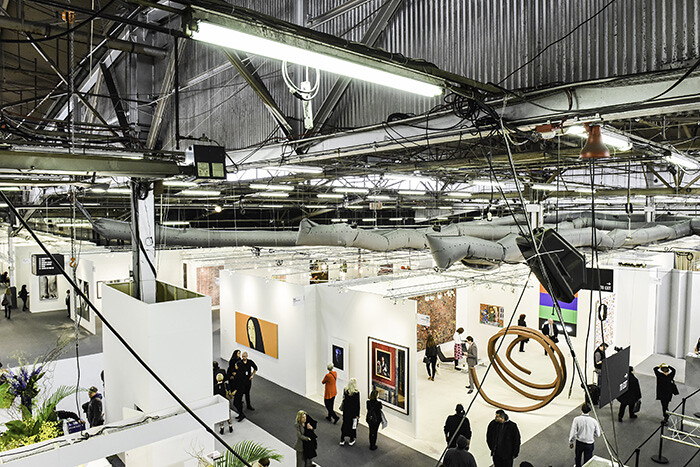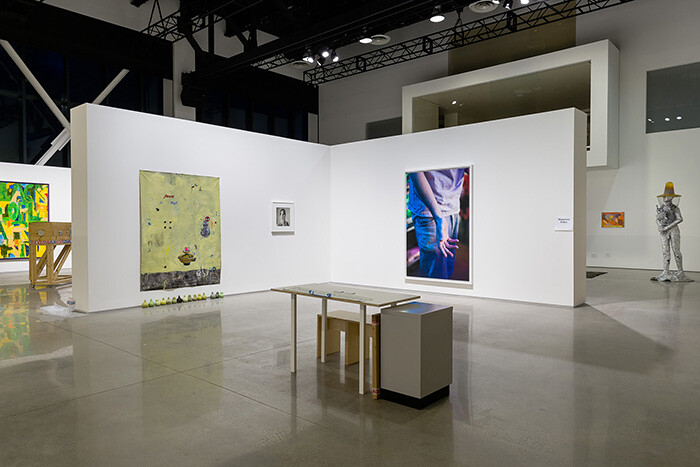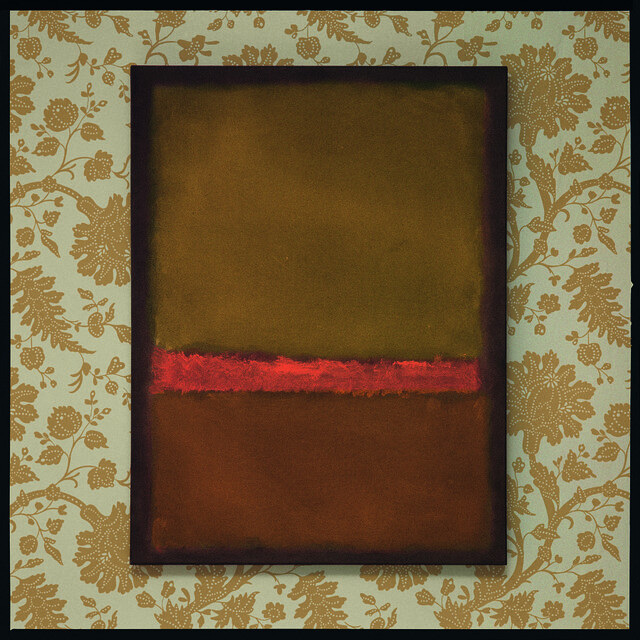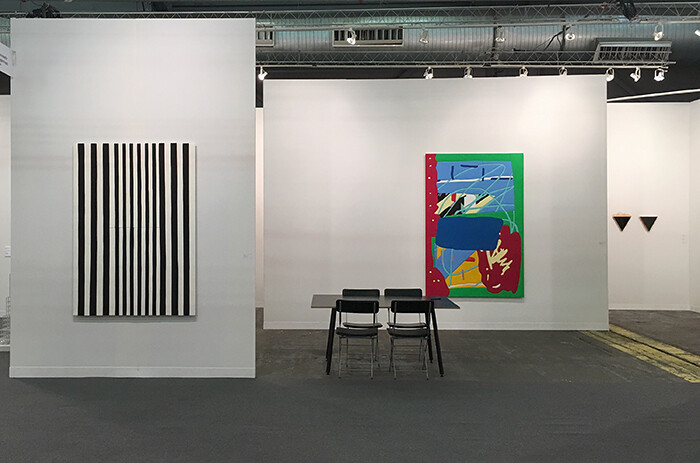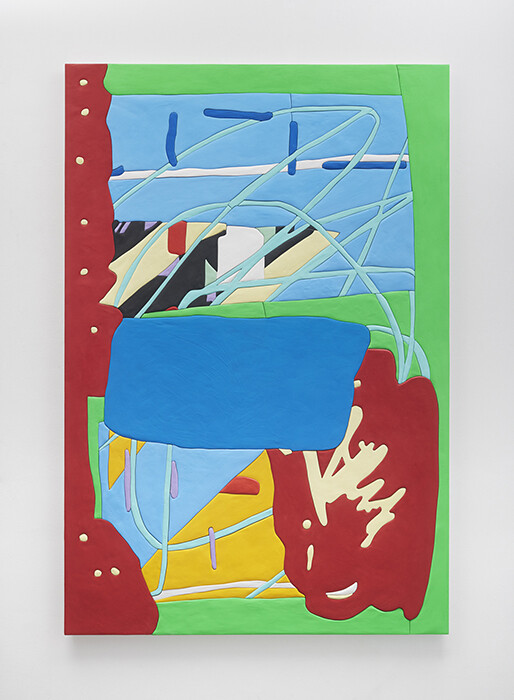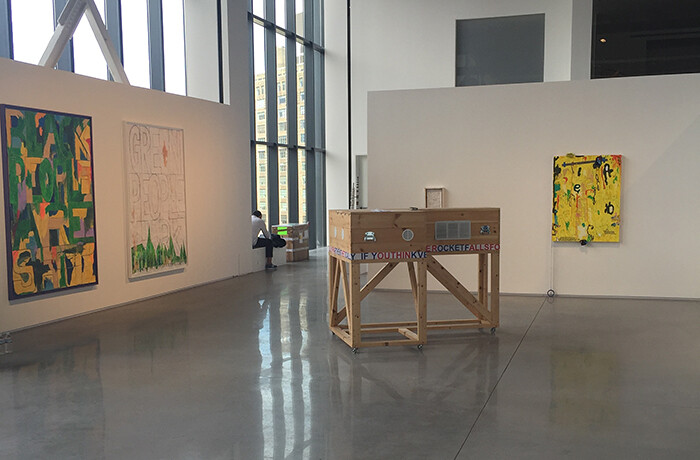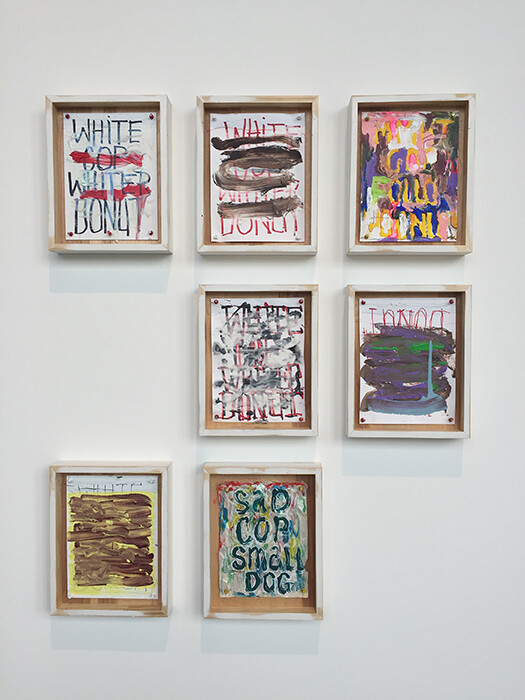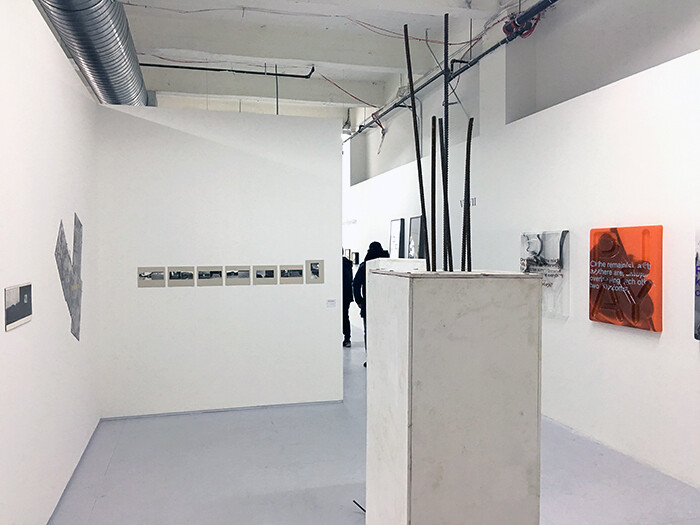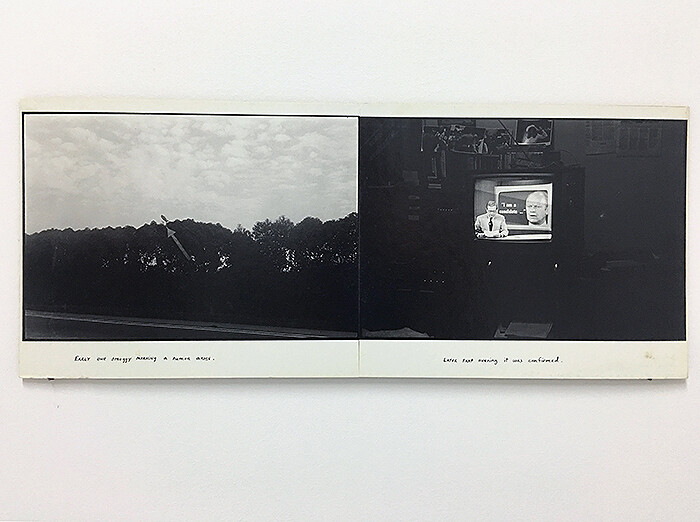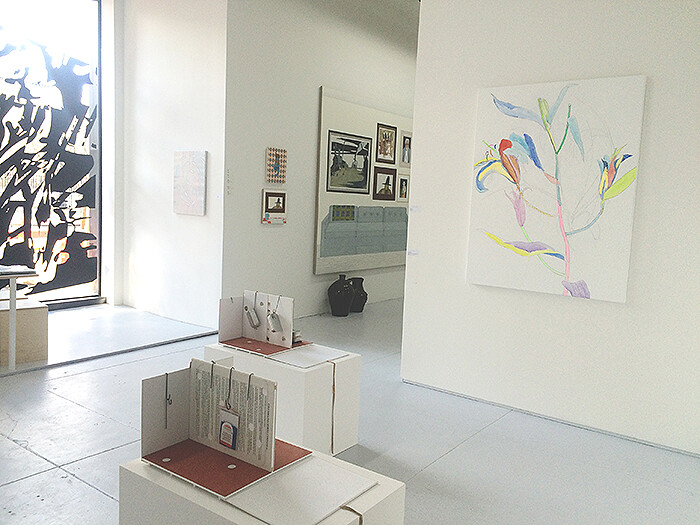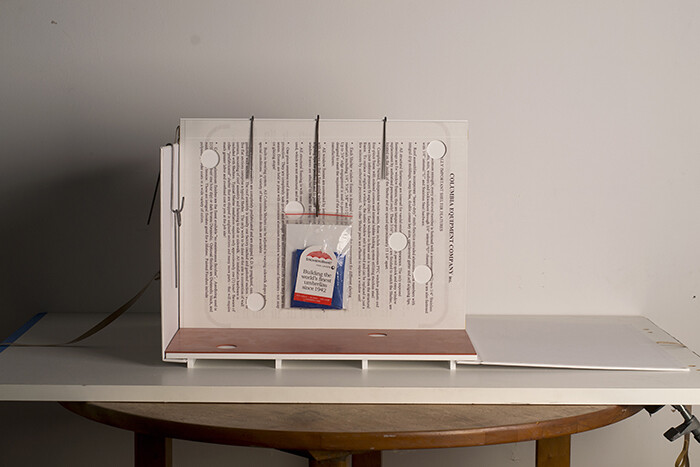“Who isn’t here?” I asked myself on the lead-up to the 2016 incarnations of the Armory and Independent art fairs. And I asked myself again upon leaving. A few weeks ago, I received the announcement that Laurel Gitlen Gallery closed. As an art student in Portland, Oregon, I had missed Laurel’s original project space by a year or two, but it possessed mythic status for me. After she settled in New York, her gallery lent credibility, if not a lingering inspiration, to those of us trying to organize exhibition spaces as something punk, smart, and deliberate. We followed in her footsteps—albeit in our garages—and saw that our activities could be legible in New York or Los Angeles or wherever the conversation was happening. I am not sure how many people from my Portland community would count Laurel as a direct influence, but most of my friends there have moved to New York, most still work in art or as artists, and we discussed the gallery’s closure with bummed-out, downturned glances. It’s hard not to feel indignant that the art world could suck a personal history up its ass, but an organizer can be around for one or two (or, in Laurel’s case, more than ten solid years) and still contribute a legacy. It lives through people. Thank you, Laurel.
It’s obvious, but art fairs tend to focus the conversation on money, and such massive financial exchanges can really dwarf those of us without the means to participate monetarily. But this year’s Armory, as disparate as it was lackluster, gave me to thinking about the art world’s ecology. The fairs, especially the Armory, are some of the few events during which all actors in the art world occupy the same place: collectors, gallerists, artists, curators, critics, the general public, students, board members and trustees, academics, interns, development people, art advisors, etc. bounce against one another in the same beige convention center. And this says nothing of the myriad art workers: art handlers, shippers, PR people, fair employees, hired hands, photographers, and so on, many of whom come from and/or currently pursue some creative practice. While it is a massive commercial spectacle meant to conjure, collect, and capitalize upon this energy, we are rarely confronted by all parties involved in this field. For those of us not buying or selling, our roles are less clear: how are we supposed to discuss this situation when the commercial context weighs so heavily on the art? What knowledge does it generate? How can we possibly profit, or is it just an intellectual waste? In general, it’s not so dramatic, but rather, the sheer mass of a fair translates into a grudging, eye-rolling mix of personal and professional responsibility for those who aren’t there to take names. I’ve worn several hats to art fairs, and as an out-of-town curator and as a gallery director, the hectic, start-stop glut of people and art can be both grotesque and thrilling.
The Armory provides a few glimmering moments amidst an otherwise low-energy collection of gallery storage clearance. Two Italians, Brescia’s Galleria Massimo Minini and Lia Rumma from Milan/Napoli, tucked some precious historical pieces into their crowded booths. The former displayed three untitled works from the 1960s by Enzo Mari, who is better known as the radical progenitor of DIY, easily-reproducible furniture design. In these, a shadow box contains a variegated grid mounted over a mirror, kinetic constructions through which Mari enlisted art to investigate his creative process and perception. The latter gallery brought two still, subtle photographs by Ugo Mulas. Casa di Kenneth Noland, opera di Mark Rothko, Vermont (1964) is a photograph of a Rothko painting hanging on the golden floral wallpaper of Noland’s house; and Sala di Alberto Giocometti, XXXI Esposizione Biennale Internationale d’Arte, Venezia (1962–2014) depicts a jumble of stacked, partially packed sculptures in storage. The value of these works is well-assured, and the fair overwhelmingly depends on historic artists to buoy itself. Yet, the tidal movement of assets can draw out both known and unknown pieces, and who knows where these Mari and Mulas’s works will end up. Sadly, it’s likely that I won’t be seeing them again.
Sadie Benning’s works at Susanne Vielmetter Los Angeles Projects halted my out-the-door trajectory. Benning sculpts her paintings such as Untitled Telephone Drawing “vertical orientation” (2016) with medite, Aqua-resin, casein, and acrylic. Their soft, slightly awkward abstraction is physical, rendering an uncanny formalism; and these three are all particularly funny. However, if one is attending the March fairs as a form of trendcasting, this one is a mishmash of stuff, even more than normal. The Armory represents the big American fair, but its prohibitive costs prevent younger galleries’ participation, and forces established galleries into tried and true (and frequently conservative) historical presentations. For most of us, the fair stages the oft-troubling contradictions of class within our field. And this contingency leaves us somewhere between disappointment, ire, and thumb-twiddling.
The Independent is refreshing after a few hours at the Armory. The new location at Spring Studios in Tribeca is capacious, with lots of natural light, which slows the often overwhelming pace of these fairs. If its new digs feel a little corporate, it gives the art (and people) room to breathe. The effect is particularly strong with New York’s Mitchell-Innes & Nash’s solo presentation with Pope.L. Two massive works on paper, Black People Are Shit and Green People Are Hark (both 2012), spell out their titles in massive, block letters. The layers of paint meld the words to the paper, lending both a rippling weight. Nearby, a simple L-shaped coffin (Coffin [Flag Box], 2008) is partially supported by a book titled Birth of Nations, while the distorted sounds of a flag whipping in the wind plays through speakers inset to its walls. Google searches of the book mostly linked to the infamous, racist film The Birth of a Nation (1917), but I could not confirm its contents, or whether it was real or of the artist’s creation. Pope.L’s work has a gut-punch immediacy, and issues of race, alienation, and democracy break down into a poetic and absurd interplay between identity, language, and materials.
Though the Independent largely seemed to stay the course, there were other standouts here and there. Phel Steinmetz’s photographs were a discovery at Silberkuppe from Berlin. Early One Smoggy Morning (1974) is a diptych that links a distant blimp sighting to Gerald Ford’s presidential candidacy—handwritten commentary below the images connects them through a humorously paranoid conspiracy. Jesse Stecklow’s Singing in the Rain Box Set (2016) at the local Chapter NY is a curious little modular box flapped open and containing sheet music from the eponymous movie, as well as umbrella samples and other bits and bobs—a funny, meta-maquette scaled and conceptually askew to the original work it appropriates. And the cartoon cubism of Bruce M. Sherman’s ceramic figures at White Columns are incredibly joyous and psychedelic—eyeballs everywhere.
On my way home, I was unreconciled, an almost welcome feeling compared to past fair traumas (still, a real crunched-up shoulder tension lingers). And in many ways, I’ll wait for reports from gallery and artist friends about how they did. If Armory and Independent do not reward viewers’ “grudging responsibility” with energy, drama, or trends, the emphasis on select group presentations and re-re-re-presented historical works at both can really make walking through feel like a job. And that is one thing art fairs can be good for: a reconsideration of one’s role within the wider ecology, a reminder of the albeit limited choice to engage. Fallow seasons and transitions need not be harrowing; they provide rare time to think. Yesterday, the weather was beautiful, and it was easy to trudge out to the Armory or enjoy the light at Independent. But as it is snowing today, I wonder if it will be a professional or a personal compulsion that drives people to the fairs. Everyone, including the art, will be going home on Monday.
